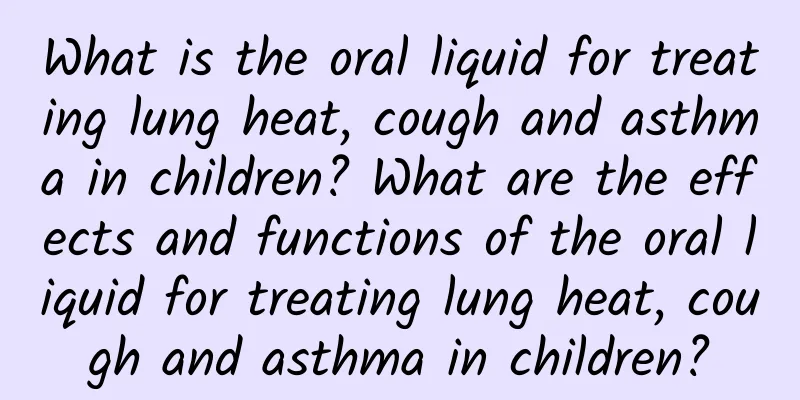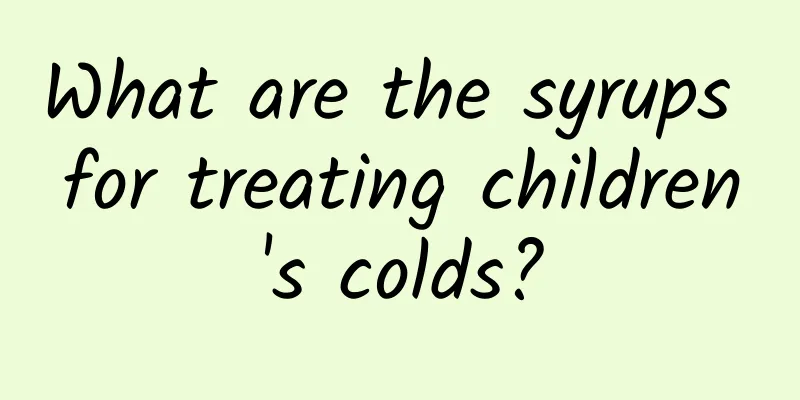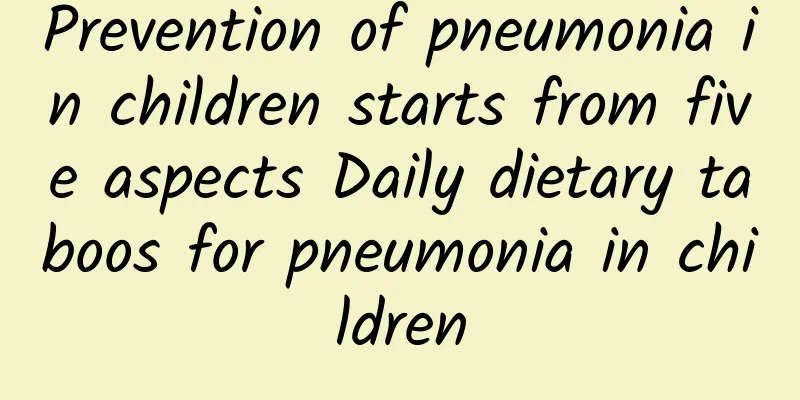When will neonatal jaundice be the yellowest? When will jaundice subside?

|
Most newborns may have yellow skin within a week after birth. This is mainly due to the characteristics of bilirubin metabolism in newborns. If the degree of jaundice is mild, it is physiological jaundice. Parents do not need to be overly nervous. Physiological jaundice usually begins to appear 2-3 days after the birth of the newborn, is the yellowest 4-6 days after birth, and gradually subsides after 7-10 days. How can parents judge the degree of neonatal jaundice at home? We can observe the degree of yellowing of the newborn's skin under natural light. If only the face is yellow, it is mild yellowing; press the skin of the trunk with your fingers and then lift it up to observe the yellowing of the skin. The yellowing of the skin on the trunk is moderate yellowing; use the same method to observe the limbs and the palms and soles of the feet. If yellowing also occurs, it is severe yellowing and you should go to the hospital for examination and treatment in time. Physiological jaundice in newborns can disappear on its own, but pathological jaundice is a group of diseases caused by many reasons and must be discovered and treated as early as possible. The common causes of jaundice are: hemolytic jaundice, infectious jaundice, obstructive jaundice, breast milk jaundice, etc. Newborns with severe jaundice should be alert to the occurrence of kernicterus, especially immature infants. The younger the age, the higher the incidence rate. Generally, symptoms such as lethargy, drowsiness, weak sucking, decreased muscle tone, vomiting, and refusal to eat may appear within 12-48 hours after the onset of severe jaundice. If treated in time, they can recover completely. Regardless of the cause, pathological jaundice can cause "kernicterus" in severe cases, which has a poor prognosis. In addition to causing damage to the nervous system, severe cases can cause death. Therefore, prevention of neonatal pathological jaundice should be focused on, such as preventing toxoplasmosis and rubella virus infection during pregnancy, especially in the early stages of pregnancy; preventing sepsis after birth; and vaccinating newborns with hepatitis B vaccine at birth. Parents should closely observe changes in their children's jaundice. If any signs of pathological jaundice are found, they should be sent to the hospital for diagnosis and treatment in a timely manner. In order to alleviate the jaundice of children, we should remind parents that: in the early stage, we should feed the newborn as early as possible and expel the meconium as soon as possible, because the meconium contains a lot of bilirubin. If the meconium is not excreted cleanly, the bilirubin will be reabsorbed into the blood through the special enterohepatic circulation of the newborn, which will increase the jaundice. How to tell if the meconium is completely discharged? The main thing is to see if the meconium changes from black to yellow. Another point is to give the newborn plenty of water. The way to judge whether the newborn's fluid injection is sufficient is to look at the newborn's urine. Generally, a normal newborn urinates 6-8 times a day. If the number is not enough, it is possible that his fluid injection is not enough. Too little urine is not conducive to the excretion of bilirubin. We should ensure the newborn's fluid injection. Generally, the meconium of the newborn should be discharged in 2-3 days, which can reduce the degree of jaundice. |
<<: Is there any relationship between neonatal jaundice and breastfeeding?
>>: When does breast milk jaundice appear?
Recommend
How to effectively prevent mumps
How to effectively prevent mumps? In life, the ha...
Why does breast milk jaundice occur?
Breast milk jaundice is usually caused by breast ...
What is the cause of high jaundice in newborns?
Neonatal jaundice is usually caused by the accumu...
There are several ways to spread and prevent hand, foot and mouth disease in young children
Hand, foot and mouth disease in young children is...
TCM treatment of nephrotic syndrome in children
As we all know, modern medicine is an era of pros...
How can you tell if you have mild polio?
Mild polio can be initially detected by observing...
How to prevent mumps infection
The key to preventing mumps infection is to avoid...
Will acute laryngitis in children affect their speech?
Will acute laryngitis in children affect their sp...
Can ADHD be cured without medication?
Whether tics can be cured without medication depe...
How to rule out symptoms of Kawasaki disease?
Kawasaki disease is an inflammatory disease of bl...
What to do if your child has a cough
Children are the treasures of parents. If there i...
What is the normal value of neonatal jaundice due to immature liver function?
Newborn babies are prone to jaundice, which is of...
The difference between herpetic pharyngitis and hand, foot and mouth disease in children
The difference between herpangina and hand, foot ...
What is Alkaline Phosphatase
Alkaline phosphatase is an enzyme found in multip...
Is fever the main symptom of acute laryngitis in children?
The main symptoms of acute laryngitis in children...









